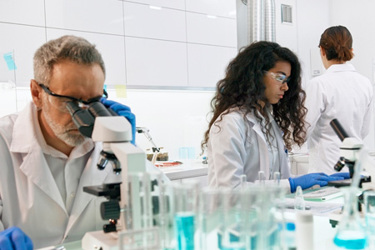Imaging Large Volume Subcutaneous Injections In Swine and Human Models Informs Effective Clinical Design
By Natasha G Bolick, MS, Wendy D Woodley, BS, Suvadra S Gerth, BS, Douglas B Sherman, Ph.D., LuWanda C Chandler, BS, William A Spinks, BS, Chris Rini, MS, Diane E Sutter, cCRA, Ronald J Pettis, Ph.D., BD Technologies and Innovation

New higher volume, higher viscosity pharmaceutical formulations for subcutaneous (SC) injection are being developed as alternatives to traditional intravenous treatment and enable chronic disease therapy in alternate settings such as the home.1-4 Such formulations pose additional challenges for delivery system development and require strong understanding of their impact on the SC tissue environment.1-6 Swine are a proven physiologically similar and highly predictive translational model for examining injection feasibility, safety, and de-risking entry into costly clinical trials.7-9
Multiple medical imaging modalities were successfully used including ultrasound, magnetic resonance imaging (MRI), and fluoroscopy in swine and/or humans to visualize pump-driven large volume injections and assess tissue biomechanics from injection depot across a range of volumes (2-10ml) and viscosities (1-50cP).6,10 These three imaging modalities provide unique non-invasive methods to visualize in situ SC delivery in living systems and translate well from animal models to humans to inform effective clinical design.
Get unlimited access to:
Enter your credentials below to log in. Not yet a member of Outsourced Pharma? Subscribe today.
